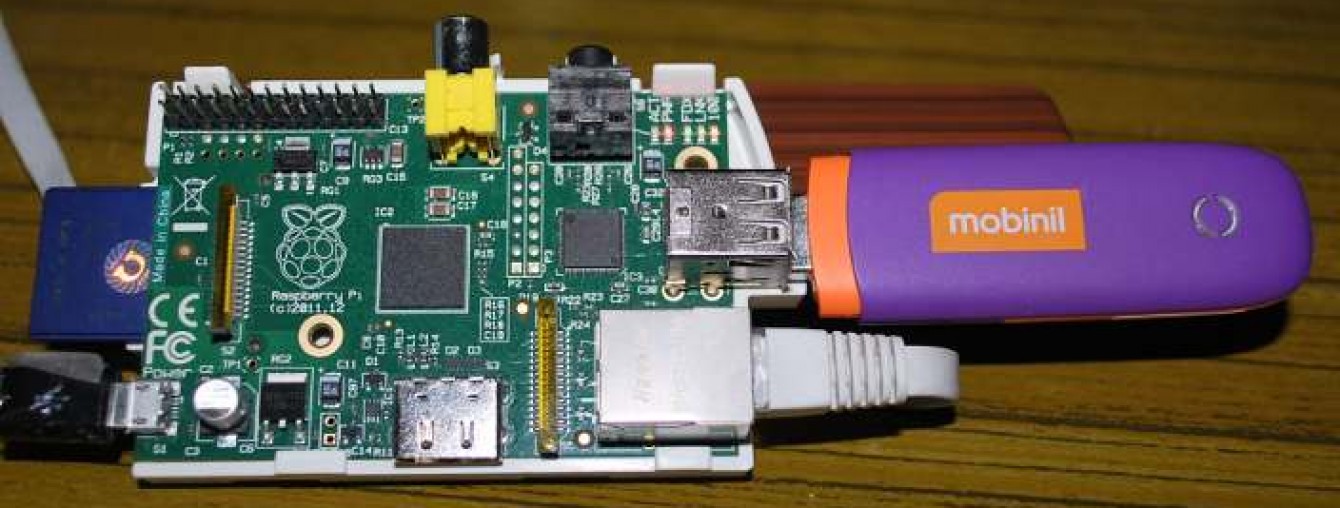Update Firmware Raspi
https://github.com/Hexxeh/rpi-update
rpi-update
An easier way to update the firmware of your Raspberry Pi.
Installing under Raspbian
To install the tool, run the following command:
sudo apt-get install rpi-update
Installing on other OS
Preparations
You need git installed to use this too. To install run:
sudo apt-get install git-core
Installing
To install the tool, run the following command:
sudo wget https://raw.github.com/Hexxeh/rpi-update/master/rpi-update -O /usr/bin/rpi-update && sudo chmod +x /usr/bin/rpi-update
Updating
Then, to update your firmware, just run the following command:
sudo rpi-update
Activating
After the firmware has been sucessfully updated, you’ll need to reboot to load the new firmware.
Options
If you’d like to set a different GPU/ARM memory split, then define gpu_mem in /boot/config.txt.
To upgrade/downgrade to a specific firmware revision, specify its Git hash (from thehttps://github.com/Hexxeh/rpi-firmware repository) as follows:
sudo rpi-update fab7796df0cf29f9563b507a59ce5b17d93e0390
Expert options
There are a number of options for experts you might like to use. These are all environment variables you must set if you wish to use them.
UPDATE_SELF
By default, rpi-update will attempt to update itself each time it is run. You can disable this behavior by:
sudo UPDATE_SELF=0 rpi-update
SKIP_KERNEL
sudo SKIP_KERNEL=1 rpi-update
Will update everything except the kernel.img files and the kernel modules. Use with caution, some firmware updates might depend on a kernel update.
ROOT_PATH and BOOT_PATH
sudo ROOT_PATH=/media/root BOOT_PATH=/media/boot rpi-update
Allows you to perform an “offline” update, ie update firmware on an SD card you are not currently booted from. Useful for installing firmware/kernel to a non-RPI customised image. Be careful, you must specify both options or neither. Specifying only one will not work.
BRANCH
By default, clones the firmware files from the master branch, else uses the files from the specified branch, eg:
sudo BRANCH=next rpi-update
will use the ‘next’ branch.
Troubleshooting
There are two possible problems related to SSL certificates that may prevent this tool from working.
- The time may be set incorrectly on your Raspberry Pi, which you can fix by setting the time using NTP.
sudo apt-get install ntpdate sudo ntpdate -u ntp.ubuntu.com - The other possible issue is that you might not have the
ca-certificatespackage installed, and so GitHub’s SSL certificate isn’t trusted. If you are on Debian, you can resolve this by typing:sudo apt-get install ca-certificates
